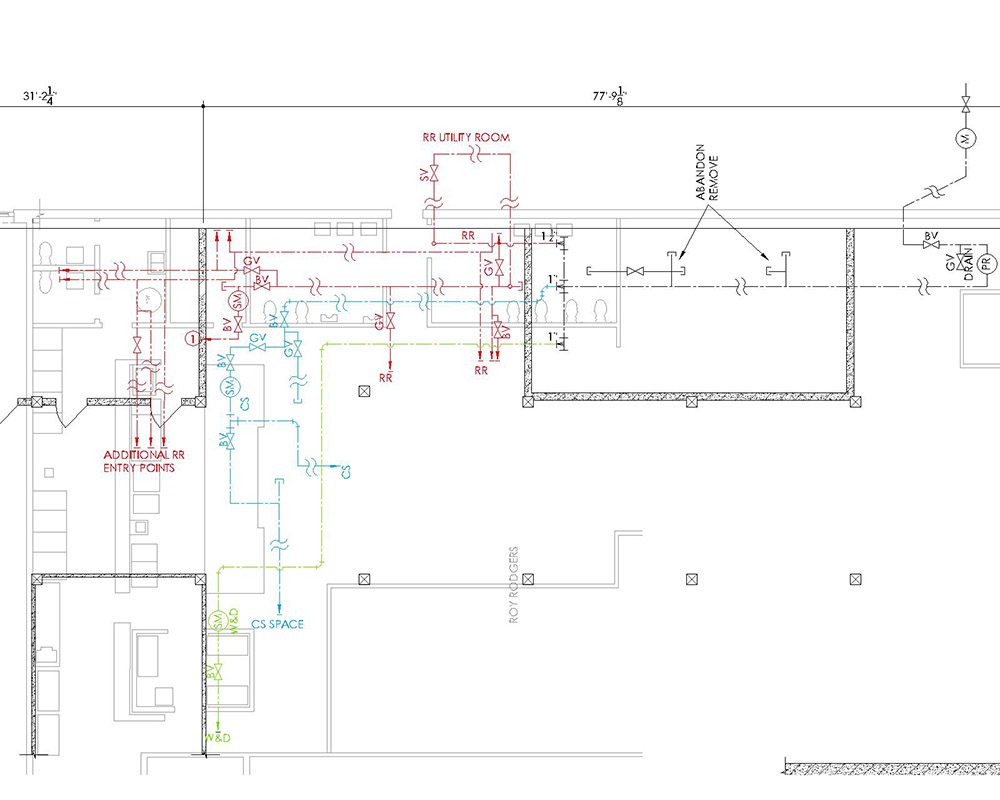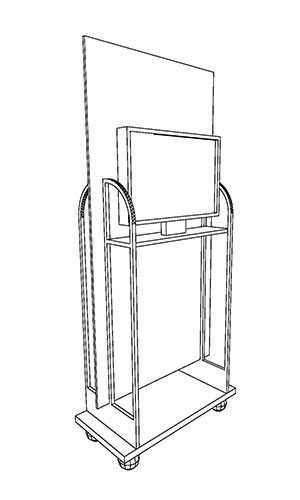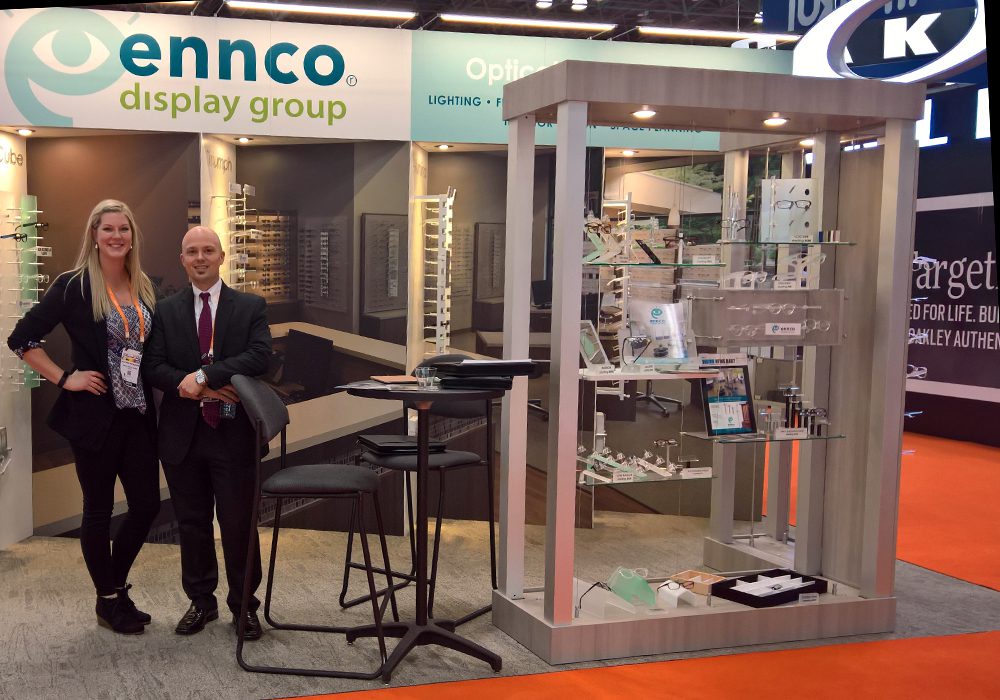
WELCOME TO
INSIGHTS: A DISCUSSION ABOUT “PUBLIC SPACE” DESIGN
Gaddis Architect specializes in all phases of commercial and commercial retail design, design management and construction. If maximizing the success of your business by optimizing the performance of your store, or commercial space design is a goal, then attending the following “Insights” could provide some very real benefits. Many common, and some not so common, design challenges are analyzed. Solutions aimed at increasing retail traffic, creating visual presence in various environments, and expressing not only a particular shopping experience but also the business’s brand, are presented. We think that all design is, on some level at least, retail design. Please scroll on, start a dialogue, contact us anytime.
Architecture Behind the Scenes: Not so Pretty but Really Important

Invisible? Yes but design nevertheless. This is part of an actual project done to explain a required plumbing modification to a property owner. It was an old building with no record of existing conditions. We assisted the property manager by assimilating photos, sketches, and contractor notes into an understandable format which allowed the owner to allocate funds for the repair.
What do Facilities Management Companies Do?
Did you ever take a look at the list of services offered by Facilities Management Companies? These companies do everything from A to Z when it comes to existing properties and if one cares to run through Wikiapedia’s very unofficial list, they might find that all of the items involve an architect at some point along the way.
Environment, Health and Safety: This is a big category. Suffice it to say, in order to maintain their professional credentials architects are required to participate in continuing education. This is most often done through attendance on educational presentations, classes, and seminars put on by product and industry professional experts. These activities are measured in terms of time spent and category of subject matter. The Health Safety and Welfare category carries the largest number of required learning units. It is fundamental to the practice of architecture.
Fire safety: Facilities managers are charged with maintaining, inspecting,testing, and reporting on the the condition fire safety systems in a building. Architects, along with their engineers, can often provide valuable documentation about these systems and may be imperative in the event modifications or improvements become necessary.
Security: “Protection of employees and the business often comes under the control of the facilities management department, in particular the maintenance of security hardware.” All I need to say about this point is, think about those long tedious door schedules that show up on a set of architectural drawings for a property.
Maintenance, Testing and Inspections: These days, this work is often outlined and planned in the bid and contract documents for a project. On bigger projects, computer aided building management software (BIM) may be used by architects and other trades to follow a project from the idea to occupancy.
Building Maintenance: Building maintenance comprises all preventative, remedial and upgrade works…” including “…disciplines such as painting and decorating, carpentry, plumbing, glazing, plastering, and tiling.” No explanation required here. Most architects are happy to work on, and often improve the quality and implementation of any maintenance project requiring product research and detailing.
Cleaning: What, one might ask, has an architect to do with cleaning? Nothing, of course, but don’t be too hasty. I actually worked on a project in a big open atrium that caused the facilities person no end of trouble because scaffolding was required for the window washers to access the interior glass and when they were finally able to reach the area to be cleaned, water dripped down onto the exposed fascia below causing discoloration and staining. It was an architectural detail that finally solved the problem (drop me a note if you would like to know how it was done)
Operational: “Soft” services are not in an architects purview but the “hard” services, such as the mechanical, fire and electrical services might be.
Business Continuity Planning: This is another item that is not typically thought of as in an architects scope of service, yet I have worked on many projects that involved designing, coordinating and administering a temporary location that allowed a business to stay open during a major remodel.
Space Allocation and Changes: I learned a new term in this category: “Churn.” It means frequent spatial changes in the layout of a space. Well said, and certainly there is no question of an architects value in this department. Moving things around in space is what we do!
Add space by investing in a starter media fixture.

Start with a basic fixture, designed for flexibility and mobility.
Authors note: Original article is written for and posted in the Ennco Blog. You might want to check them out, or just read it here.
Helping Retailers Succeed – Most every year the Small Business Development Center, in my case locally in Virginia, puts on an event designed to help retailers succeed. I usually attend. This year’s event was The Alexandria Experiential Retail Summit, experiential being the operative word. Most of the discussion centered around primary marketing and selling communications, which are important, but only indirectly relevant to the design of a physical store.

Make an impact with a product specific, in this case eye wear, or lifestyle graphic.
Demonstating Knowledge – Interestingly, when we broke into discussion groups more significant design issues were revealed. In particular the need for flex space. Retailers are finding it necessary to become experts. Clients expect them to be masters of their particular product or service and further customers prefer to see this knowledge demonstrated, to the extent that a retailer must often become an educator. One such resort type fashion retailer wanted to offer a mini class on how a particular brand of scarf might be worn to best advantage. She assumed that this was impossible as she was “out of space” in her shop.
Retailers Sometimes Need Reminding – Clearly retailers occasionally need reminding that almost all floor fixtures can be mobile and mobility frees up valuable retail space within a store. Simply by adding casters and rolling away some regular floor fixtures this owner, hoping to demonstrate how to tie her line of scarves, could easily free up enough space to stage and event featuring her product.
Invest in a Starter – Another, not to be overlooked, design issue is flexibility. Indeed, there is a need for a highly adaptive store fixture suitable for use in many varied sets of circumstances, including options for accommodating the all important media. This one is able to accommodate everything from a continuous video in a loop, to presentation options used to enhance a demonstration, to a basic TV in a waiting area. It has vertical standards that can be used for shelving, a platform base for a computer, if required, and a simple backdrop made of glass or other merchandise display material like pegboard. In addition to all this it is two sided, mobile, and has space to hide most cables. It is a great starter for any retailer wanting to incorporate media and create that “WOW“ moment.
Bridget Gaddis, is a Licensed Architect and LEED Accredited Professionnal practicing nationally, and locally in the Washington DC area. She holds professional degrees in both Architecture and Interior Design and has a comprehensive background in commercial retail design, planning and construction. She has many years experience working for well known architects, developers and retailers. In 2011 she started Gaddis Architect an independent practice in Alexandria, VA. In addition, Ms. Gaddis has an interest in residential projects and is the author of “Real People Don’t Hire Architects,” a blog about houses.
Store Fixture Design: Adding Technology Improves on an Already Good Thing

A relationship with a quality fixture manufacturer is essential for any retail architect. Just ask Bryce Sills and Heather Bezanson from Ennco Display Group, one of our favorites!
A Concrete Problem – There is a surprise offspring of the new “borderless” retail paradigm that seems almost liberating because, finally, something can be defined in terms of a concrete problem. One having to do with store fixtures.
Is the Store Closing? – Did you notice that the merchandise in the drug store is all pulled forward on the shelf – more than usual I mean – implying that the space in the back is not empty? When it starts to become so obvious that we begin to think that the store might be closing, it’s time for a change. Many retailers, even those embracing technology, are still stuck in the old “big box” store planning mentality, I hesitate to bring up Toys R Us again, but as Steve Dennis, writing for Forbes, tells us, “boring, undifferentiated, irrelevant and unremarkable stores are most definitely… dying…”
Curating an Inventory – The point being that changing the physical retail environment from a warehouse to a museum involves completely revisiting how an inventory is displayed and impacts the size and layout of a store. Curating an inventory, i.e., “show rooming,” means presenting it in terms of a multi faceted value proposition. It means incorporating a physical product into a marketing message using multiple and sometimes interactive types of media.
Multi Function – Suppose, for example, I walk into a store looking for new sunglasses. I walk over to the display and see that there are lots of frames and brands as well as examples of available coatings, lens colors, and an educational video about what all of these do. There might be a nearby kiosk allowing me to use my phone to access my eye wear history, insurance, prescriptions, exam dates and finally a scanned image of my face with recommended frame style, size, and shape. Maybe I find that there is an indicator on the store fixture that flashes when I pass an appropriate option based on the information in my profile. Once I find a frame, I am able to see other colors and finishes, check availability, see how much it costs, and read customer reviews right there on the display. I might then sit down with the optician so that he or she is able to give full attention to positioning the lens and finalizing my order. Sound improbable? Take a look at Amazonbooks in NYC and then say that.
Competing with Amazon – I understand that many retailers will neither want, nor be able to directly compete with Amazon. However, once a retailer gets over the initial shock, incorporating technology into a retail display program may not be as difficult as one would imagine; especially if the designer has a good working relationship with a store fixture fabricator experienced with the product line, offering a wide selection of standard interchangeable parts, and capable and willing to making adjustments. One such company is Ennco Display Group, who we have been pleased to work with in the past and recently met at Vision Expo in NYC. It is important to keep in mind that adding technology to an existing fixture is done to improve on an already good thing. All of the the thought, planning and testing that goes into creating a captivating visual display is not wasted because technology must be added to how it functions. Consider this: not only did Amazon go into an old Border’s space, but the store also looks somewhat like Hudson News, who has been doing face out merchandise displays forever.
Teamwork – If you are a retailer thinking about introducing technology into a store design, my first recommendation would be not to over complicate what must be done. Examine resources already available to you, i.e. POS system providers, inventory system providers, advertising and media consultants. You are already their customer so ask them for help. See what functionality is already on your website and make sure it coordinates with what you will provide in the store. Finally once you have put your plan into writing, connect with a hardware/specialty consultant and introduce him/her to your design team. Team being the operative word. I think you will find that it is realistically possible to stay relevant in the “evolving” but never “disappearing” world of “bricks n mortar” retail.
